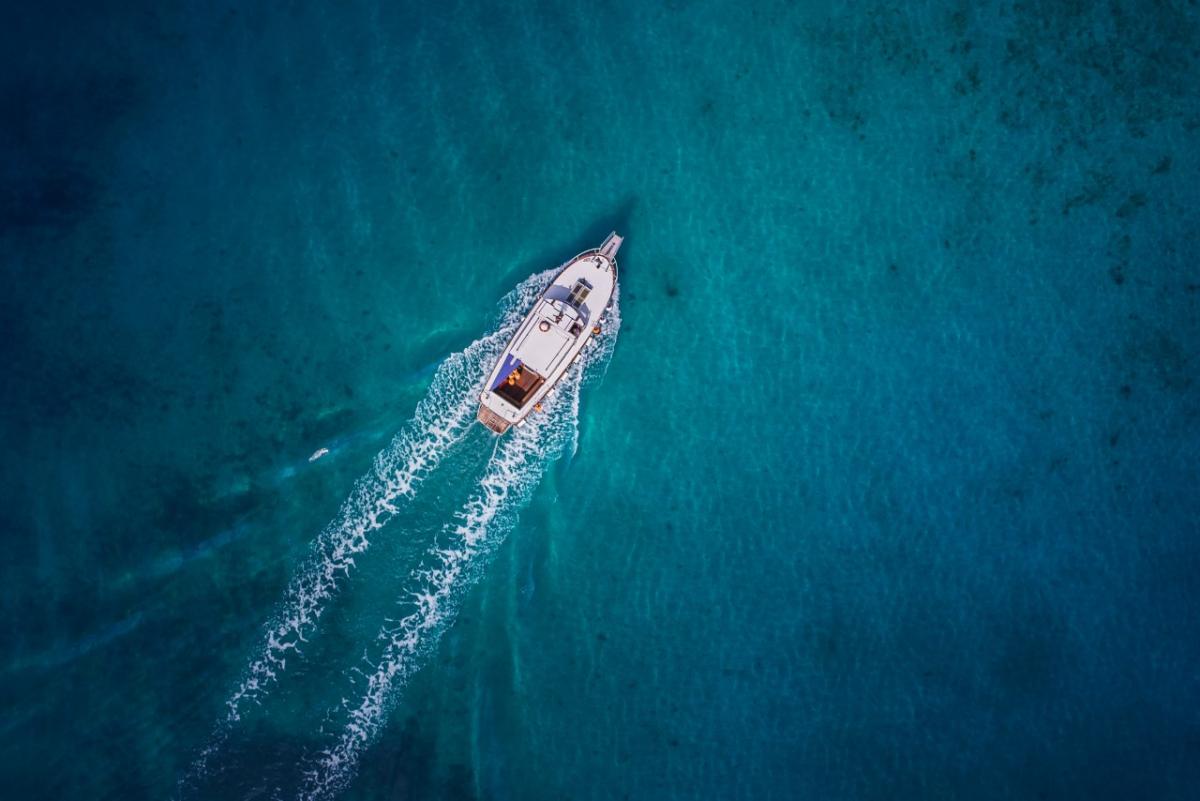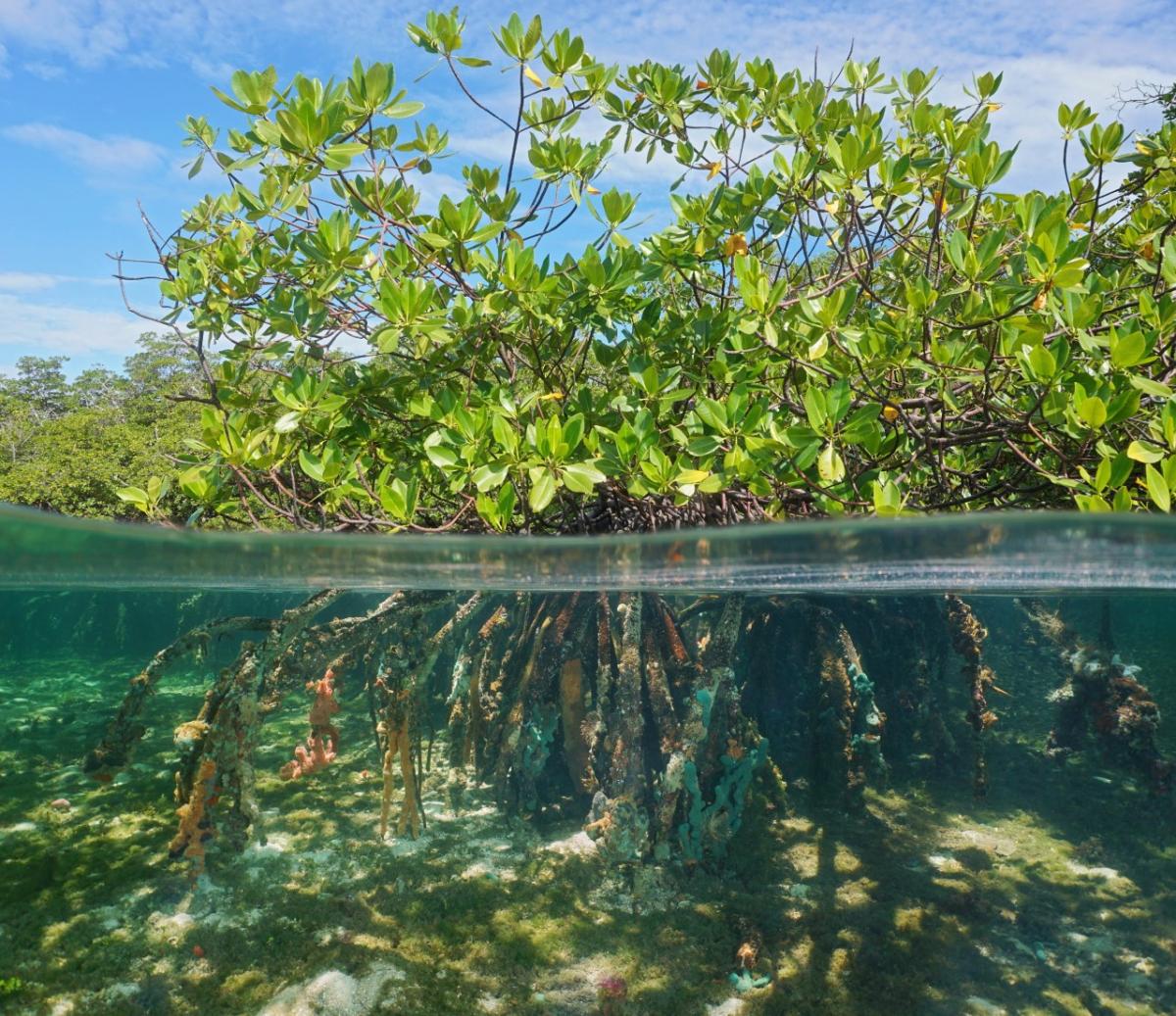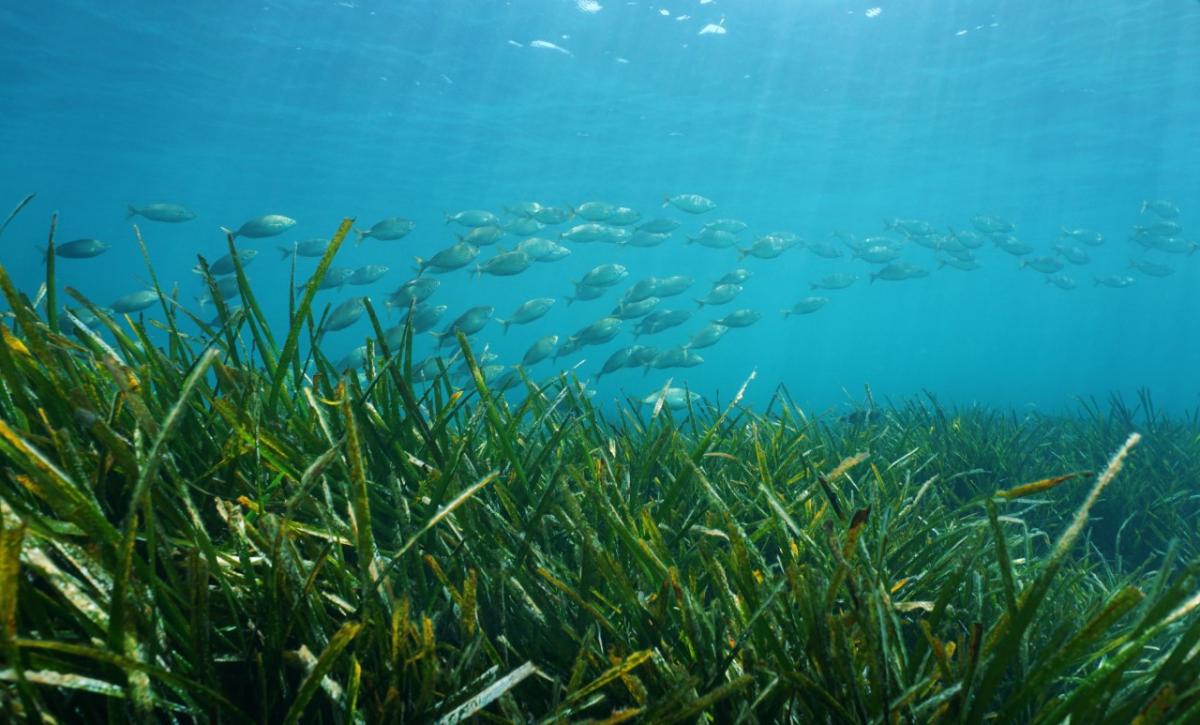Dive in and learn how to protect our oceans: Belize

Would you like to dive into the gorgeous Caribbean country of Belize to learn about how to protect our marine ecosystems?
Join UNEP’s Wild for Life for a virtual, immersive journey through three unique but connected marine ecosystems- mangroves, seagrass and coral reefs - that are threatened by human activity such as tourism development, fishing and pollution.
The marine journey allows users to explore underwater magic as three different personas, showing how biodiversity functions to deliver vital goods and services to humanity, the threats these ecosystems face and how simple actions can help to better protect the interconnected habitats.
The personas – a tourist, recreational boater or fisher - are chosen to represent people visiting the ocean for holidays, those who live near the ocean and enjoy it recreationally, and people who operate a business involving the ocean. Each has unique motives and presents a unique threat, as well as a unique opportunity to protect ecosystems. Users are encouraged to try all three.
Why Belize?
Neighbour to Mexico, Guatemala and the Caribbean, Belize is home to a 300km stretch of the Mesoamerican barrier reef, upon which nearly 200,000 people depend for tourism and fishing.
The country is renowned for its innovative marine strategies geared at protecting oceans. For instance, you need a license to fish in Belize’s closely managed waters and are required to report your catch, which has decreased illegal fishing.
Users of the virtual Marine Journeys will find a lot to explore. If diving into the journey as a tourist, the first ecosystem to experience is mangroves, touted as the ‘Guardians of the Coast’. Mangroves protect life on land from the harmful impacts of storms and waves, which are getting stronger due to warming seas from climate change. Users will learn that mangroves provide the nursery habitat for many commercial fish species and help mitigate climate change, as they are extremely efficient carbon sinks.

But, they are under serious threat from the negative impacts of human activities such as coastline development, aquaculture and pollution. While journeying through the mangroves, users will examine their own actions, through multiple choice scenarios like:
You’re snacking as the dive boat heads out through mangroves. You spot a grouper fish—do you give him a piece?
-
I’ll pass. Not sure human food is good for him.
-
Sure! He’ll appreciate a free meal.
Depending on the choice, users are informed that even a little human food can disrupt marine creatures’ feeding processes. They also learn to associate people with food, which can harm their instincts to avoid danger making them more vulnerable to nets, fishing lines and predators.
Beyond the mangroves, the tourist also explores seagrass, ‘the daycare of the Sea’ where young, vulnerable marine creatures are nursed before they are strong enough to move to reefs and other marine ecosystems.

The final marine journey is through coral reefs, the underwater cities of the sea. Though one of the most productive and biodiverse ecosystems on our planet, corals are not spared the negative impacts of human activity. During the ‘journey, the tourist learns that the sunscreen they use could negatively affect the coral. Chemical-based sunscreens, which use ingredients like avobenzone and oxybenzone, are toxic to coral reefs, while mineral-based sunscreens are safe for the skin and reefs.
UNEP works in Belize in collaboration with several partners as part of the Cartagena Convention for the protection and management of marine ecosystems. This beautiful country has nominated three effectively managed Marine Protected Areas as part of SPAW protocol: Glover’s reef Marine Reserve, Hol Chan Marine Reserve and Port Honduras Marine Reserve in support of Sustainable Development Goal 14: life under water.
Leticia Carvalho, the coordinator of the UNEP Marine and Freshwater Branch, said human beings have a lot to gain from healthy ecosystems.
“Coral reefs are the most biodiverse ecosystems in the ocean, housing approximately 25% of marine species and providing livelihoods for at least 500 million people around the world, but unfortunately they are also the most vulnerable ecosystem to climate change globally. The time is now for member states to join hands to confront the global coral reef crisis and to protect this valuable ecosystem,” she said.
The world’s biosphere, is declining faster than at any time in human history found the 2019 report by the Intergovernmental Science-Policy Platform on Biodiversity and Ecosystem Services (IPBES). One million wild plant and animal species are facing extinction.– many within decades.
Marine Journeys seeks to mobilize and inspire people to conserve our valuable underwater ecosystems. It is one in four distinct ecosystems with other upcoming journeys to include peatlands, savannas, and forests.
The model follows suit from another innovative product. In March 2020, , during World Wildlife Day, Wild for Life launched the Reef Rider Journey, a virtual underwater challenge that allows you to experience a coral reef through the eyes of a sea turtle to understand its unique role in maintaining nature’s balance.
Learn more about:
Seagrass
Mangroves
Coral reefs